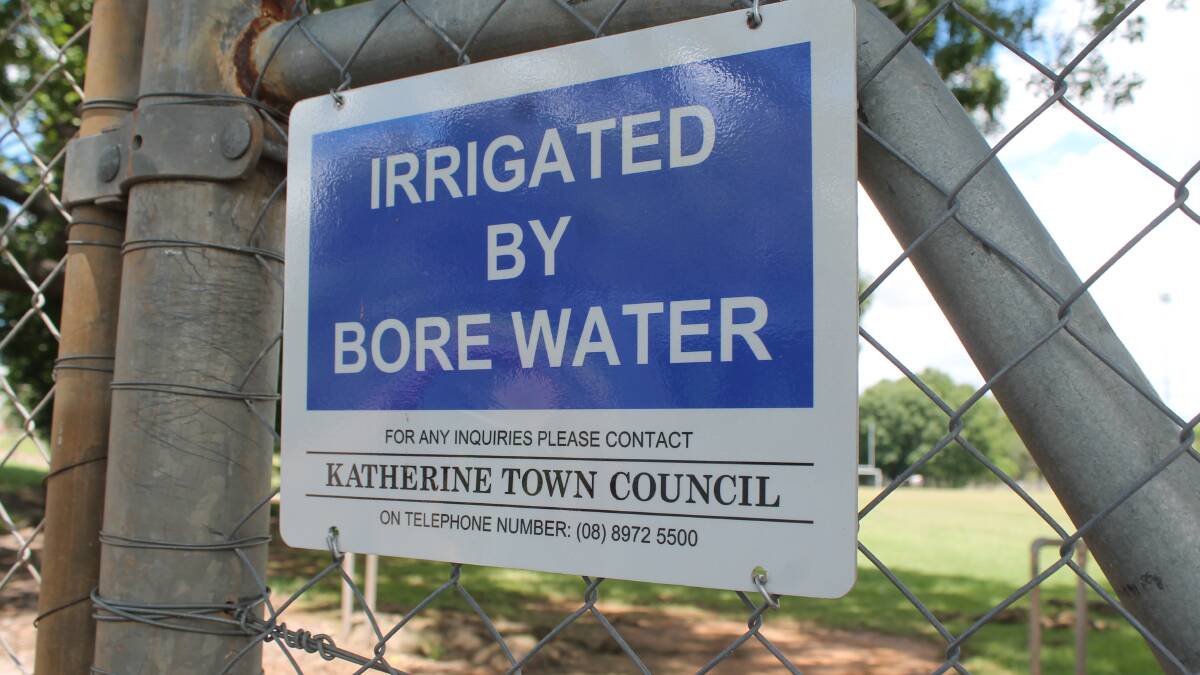
Blood testing of Katherine residents has already revealed all PFAS chemicals are not the same.
Subscribe now for unlimited access.
or signup to continue reading
PFAS is the name given to a group of chemicals used at the Tindal RAAF Base in firefighting foams used in training between 1988 and 2004.
One of those chemicals is called PFHxS, or Perfluorohexane sulfonate, or again Perfluorohexane Sulfonic Acid.
PFHxS has “long-range transport potential” and higher bioaccumulation in humans than PFOS.
It lasts longer in your body, some estimates are about 10 years.
European agencies have rated PFHxS “as a substance of very high concern” based on animal and human data that showed the chemical might have more potential to bioaccumulate in humans than PFOS.
A proposal has been made to list it for action under the UN Stockholm Convention on persistent organic pollutants.
The Federal Government has still not released a report from its Expert Health Panel for PFAS which was established to advise the Australian Government on the potential health impacts associated with PFAS exposure and to identify priority areas for further research.
The report is believed to have been delivered to the government last month.
As well, the NT’s Primary Health Network is working to deliver specialised mental health and counselling services for individuals and families participating in PFAS testing, and those impacted by PFAS contamination in the RAAF Base Tindal investigation area.
The network’s website which is supposed to provide advice to the GPs to pass on to their patients says: “available soon”.
Because it has not been studied enough, there is no “upper limit” for PFHxS in your blood, just as there is no limit to PFOA and PFOS.
Most countries, including Australia, use the PFOS rating as the PFHxS limits as well.
In the advice provided to medical experts in Australia, the government provides a table which suggests PFOS should be no more than 37 nanograms per millilitre.
There is one report of 196 already in Katherine, and a 80 and a 50 result.


